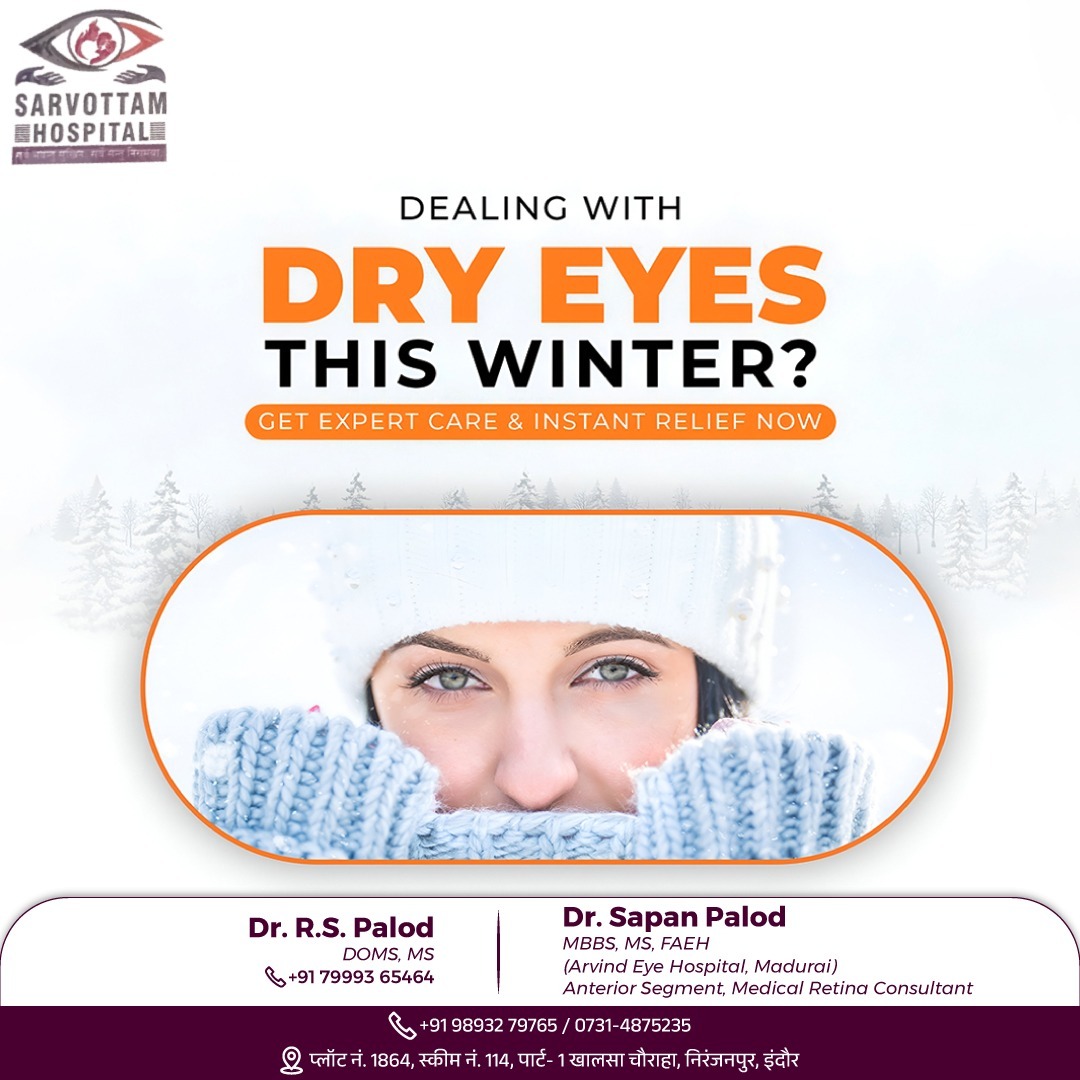
2025-01-23T09:20:03
Dry eye is a common condition that can worsen during the winter due to several factors, including colder temperatures, dry indoor air from heating systems, and wind exposure. Here's a detailed look at managing dry eye in the winter: Causes of Winter Dry Eye Low Humidity: Heating systems reduce indoor humidity, drying out the eyes. Cold Winds: Exposure to cold, windy weather can lead to increased tear evaporation. Symptoms of Dry Eye Burning or stinging sensation Redness Blurred vision Sensitivity to light Prevention and Treatment Maintain Moisture Indoors: Use a humidifier to increase indoor humidity to 40–60%. Avoid sitting directly in front of heaters or fans. Protect Your Eyes Outdoors: Wear wraparound sunglasses or goggles to shield eyes from wind. Use a scarf to cover your face when it's particularly cold and windy. Use Artificial Tears: Apply preservative-free lubricating eye drops several times a day. For severe dryness, consider gel-based lubricants or ointments at night.

